Thank you for reading my blog posts, I am no longer publishing new content on this platform. You can find my latest content on either mainawycliffe.dev or All Things Typescript Newsletter (✉️)
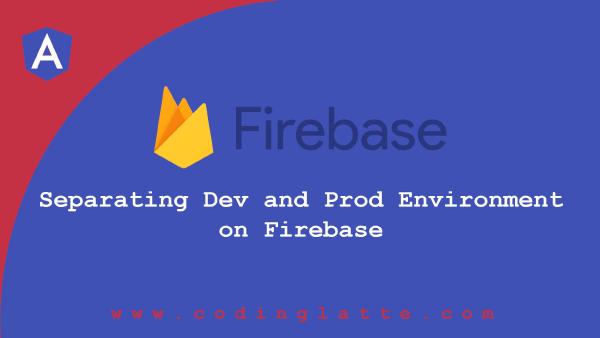
Separating Dev and Prod Environment on Firebase
It is common for developers to setup multiple environments for our application. This usually include a development/staging and production environment. This gives us the freedom to experiment with our development/staging environment, without messing …
Read More
Changing Angular Material Form Field Appearance
Material design has been with us for the last few years. The material guidelines spec sheet, found here, has evolved since the original design, on release. This can be seen in various Google products, as they continue updating their products …
Read More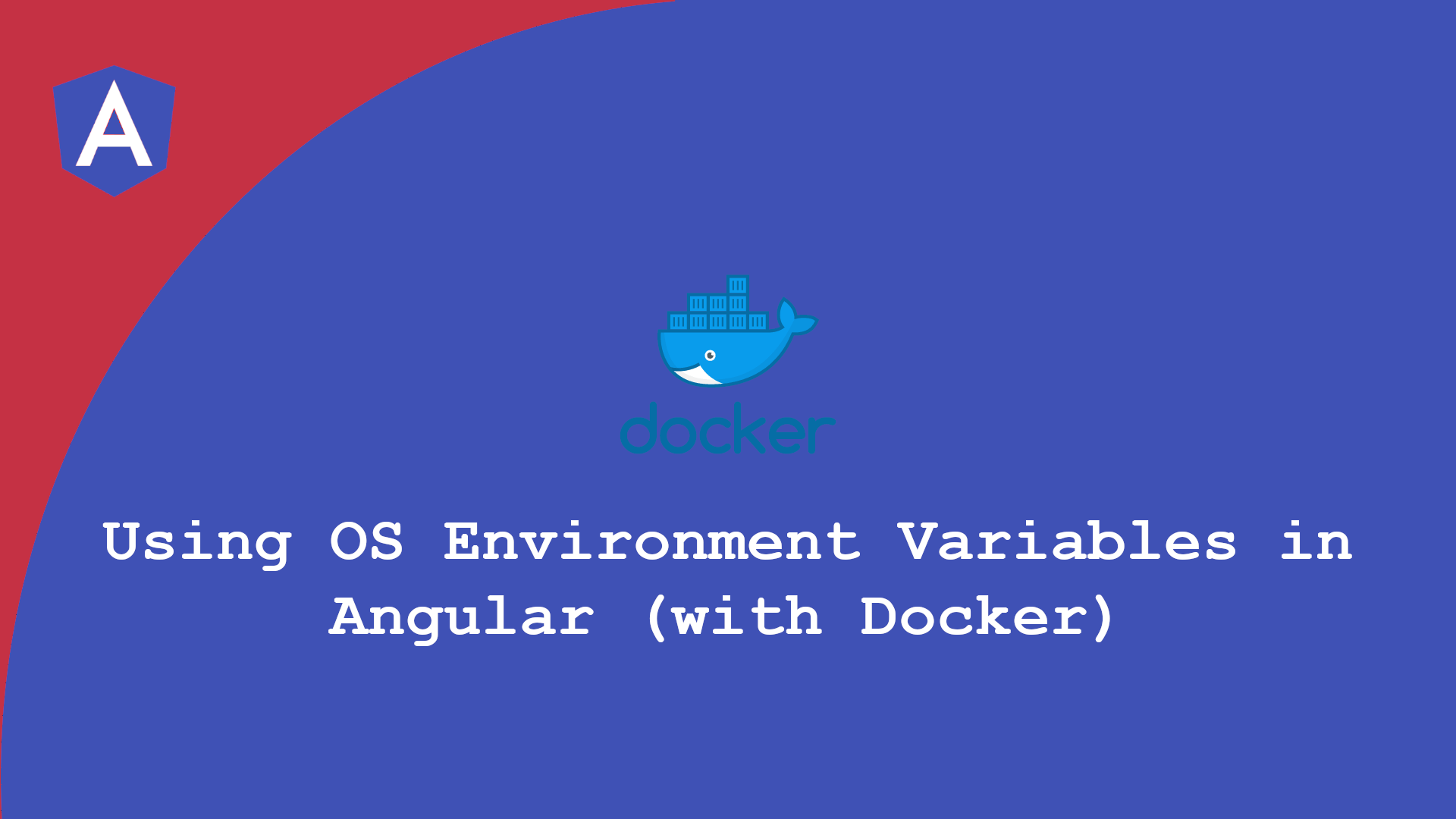
Using OS Environment Variables in Angular (with Docker)
Angular has its way of handling different target environments, through angular environments files – which you can learn more about here. The issue with this approach is that it requires you to commit keys and configuration to your version control. …
Read More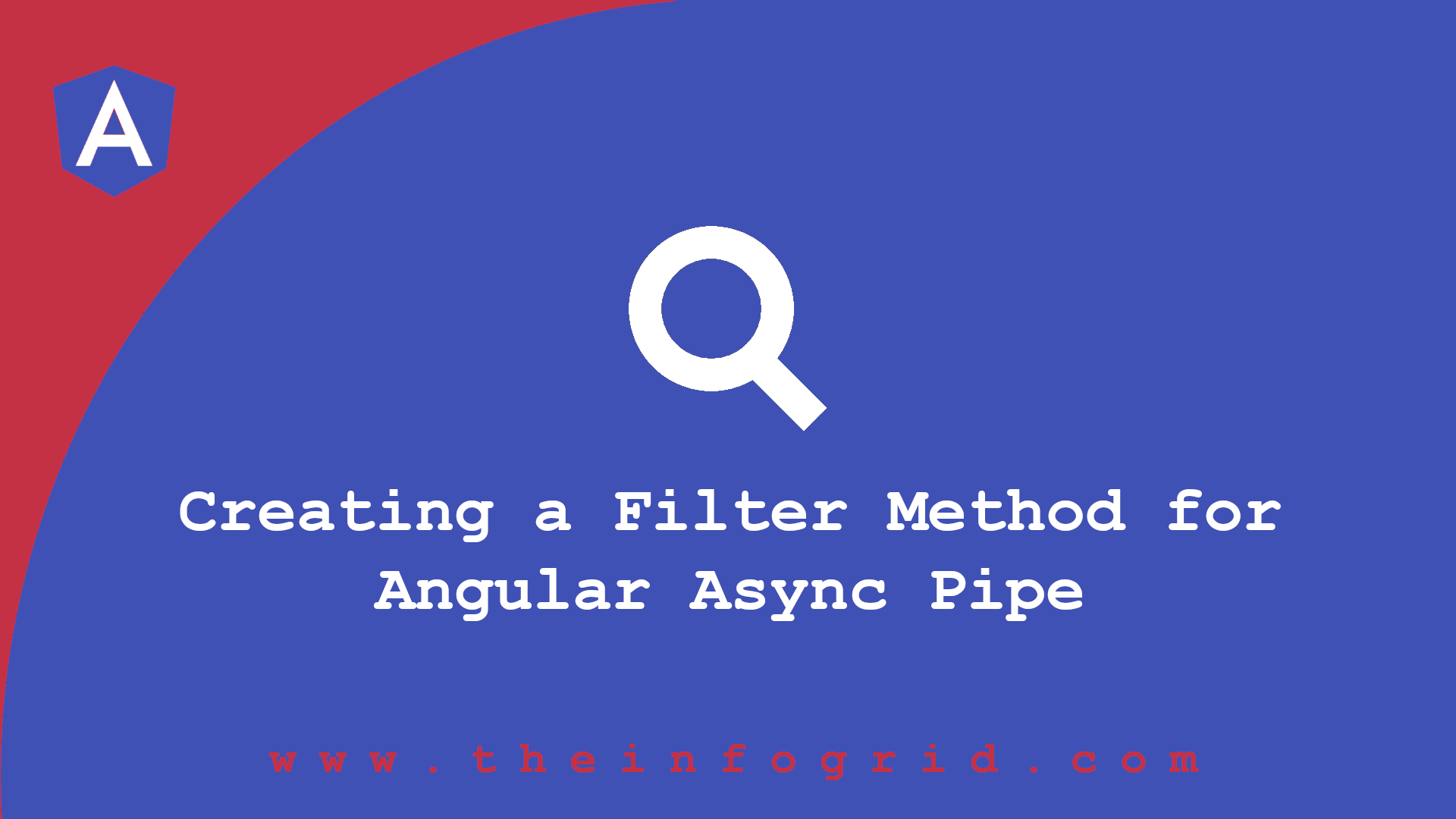
Creating a Filter Method for Angular Async Pipe
In a previous post earlier this week, we looked at how we can handle errors when using Angular Async Pipe. In this post, we are going to build a simple filter method for Angular Async Pipe.
We are going to use a custom pipe to filter results, then …
Read More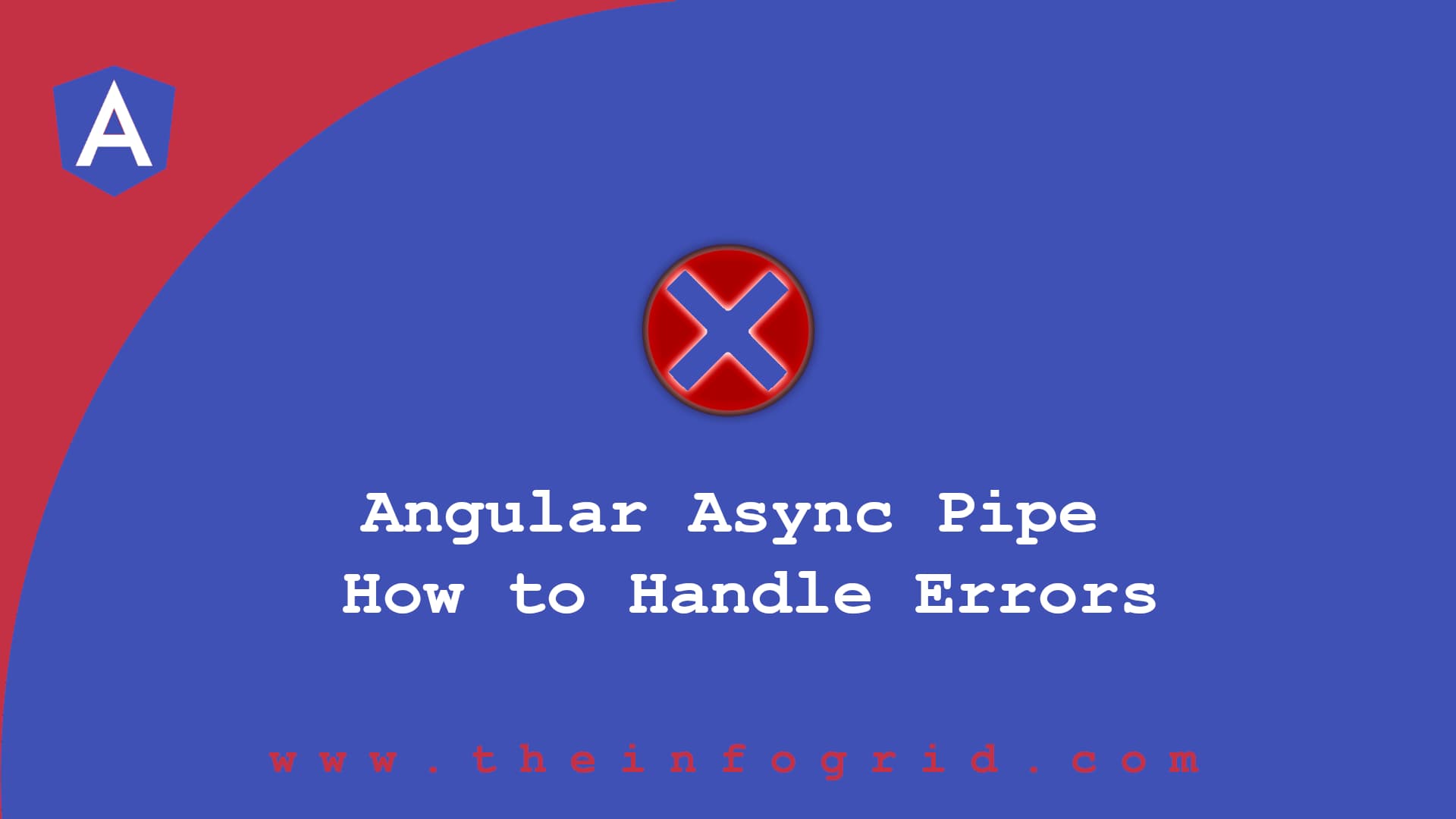
Angular Async Pipe – How to Handle Errors
In this post, I am going to show you a very simple yet effective way of handling errors when using Async Pipe in Angular. If you are new to async pipe, it basically allows you to subscribe to observables and promises right inside your templates. …
Read More
Entry Components in Angular - What are they?
In this post, we are going to look at Entry Components in Angular, what they are and why they even exist. In the simplest terms possible, an entry component in Angular is any component that is loaded by its class, not selector.
@Component({ …
Read More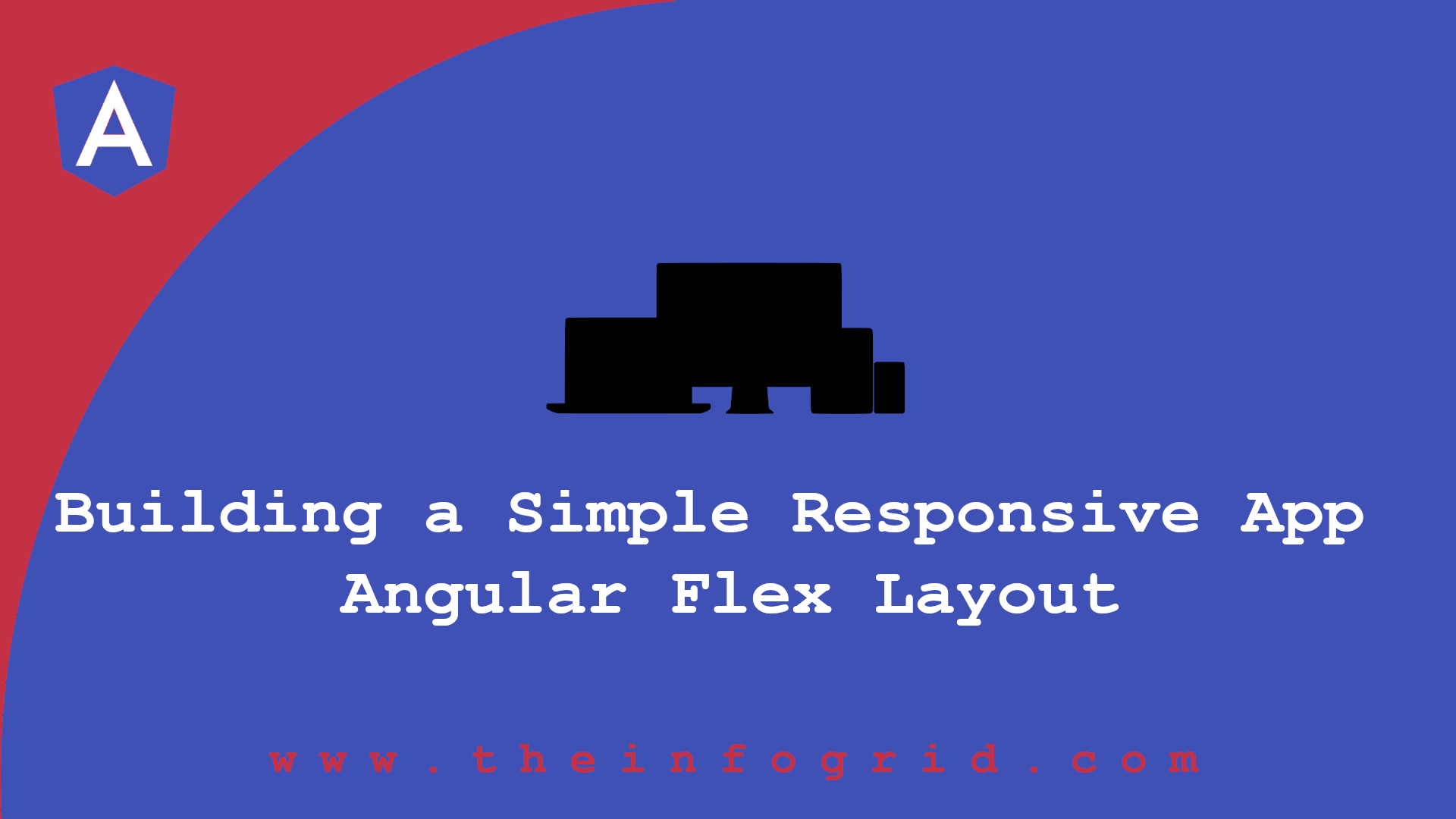
Building a Simple Responsive App with Angular Flex Layout
In the last post, which you can find here, we introduced Angular Flex Layout. We looked at the APIs/Directives available to you as a developer and how you can use them. In this post, we are going to build on that foundation.
Our goal here is very …
Read More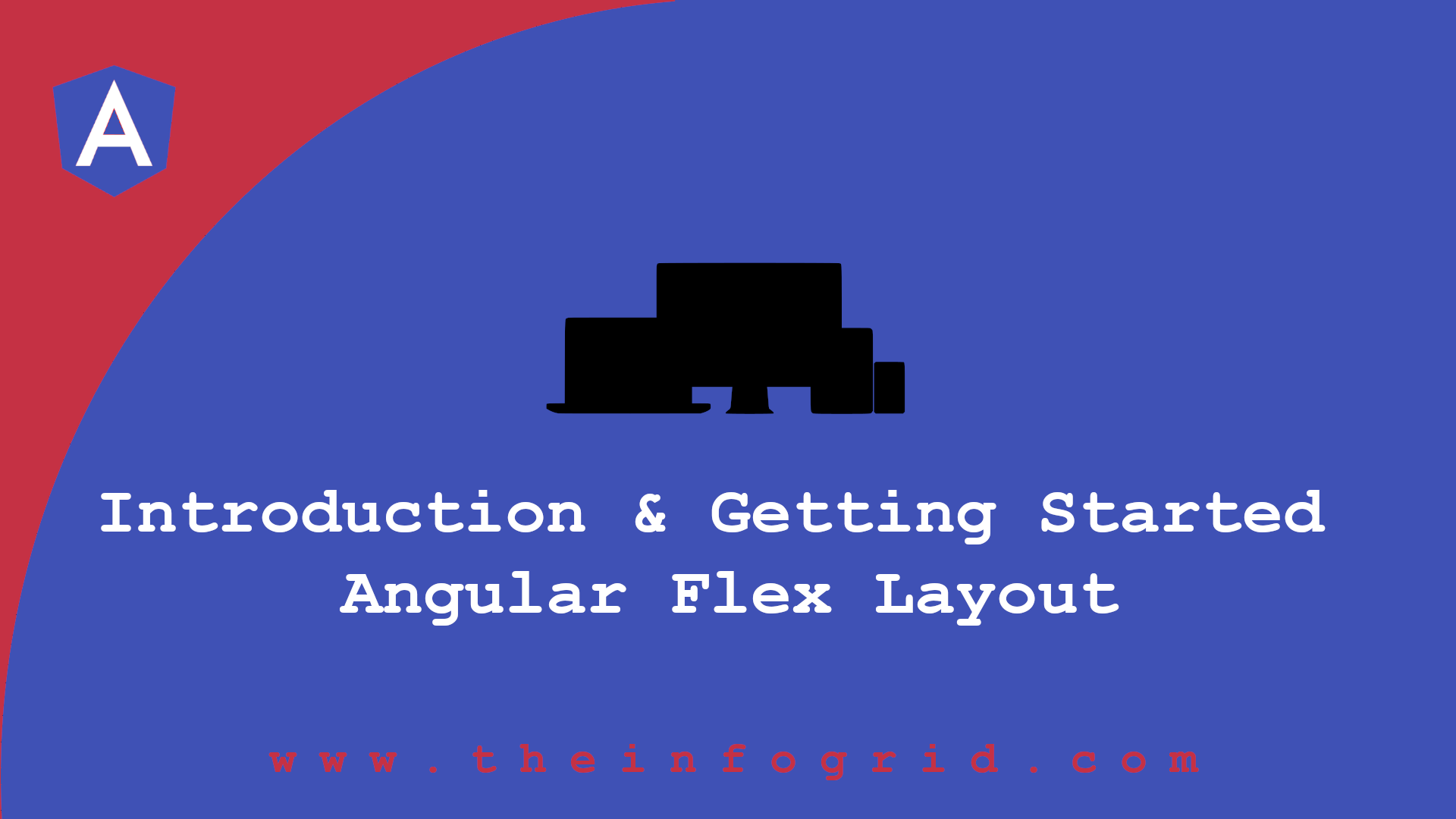
Angular Flex Layout – Introduction & Getting Started
In this post, I am going introduce and look at how you can get started with Angular Flex Layout. We will briefly introduce the APIs for Angular Flex Layout and look at how to add it to your project. Angular Flex Layout is a stand-alone library …
Read More
Building a Wrapper for Responsive Design for Angular Flex Layout
Angular Flex Layout is designed to provide a comprehensive layout design using CSS Flexbox and Media Query. Unlike most other libraries, it doesn’t use CSS Classes but rather uses directives. It also makes it easy to manipulate DOM. On top of that, …
Read More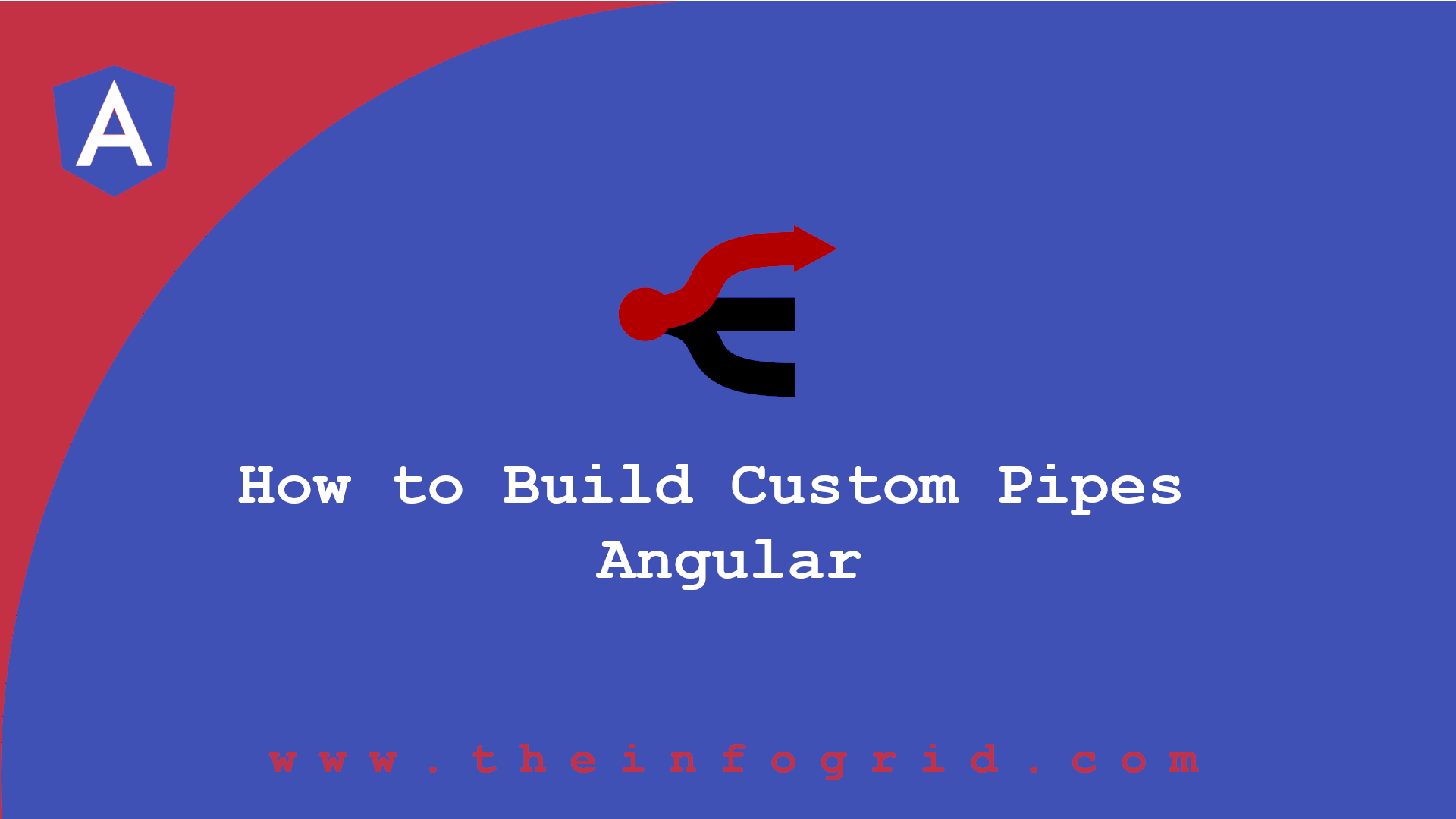
How to Build Custom Pipes in Angular
In simple terms, pipes allow us to write display value transformation right inside the template. Angular comes with stock or built in pipes to transform your values to what you want the user to see. For instance, the Date Pipe, allows you to change …
Read More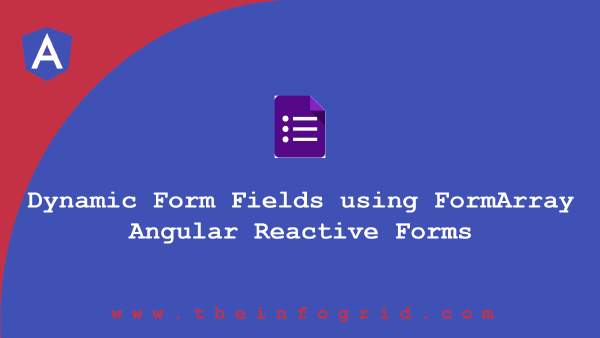
Angular Reactive Forms - Dynamic Form Fields using FormArray
In most cases, forms have constant form controls – remaining static throughout the lifetime of the form. But from time to time, you can find yourself in a situation where you would like to dynamically add or remove form controls. These form controls …
Read More
How to Modify the UI Based on User Role in Angular
In today’s post, we are going to see how to modify the User Interface (UI) based their user role. This is useful if you wish to display different UI Elements/Components based on the user role. While this is not a security measure, it has the …
Read More